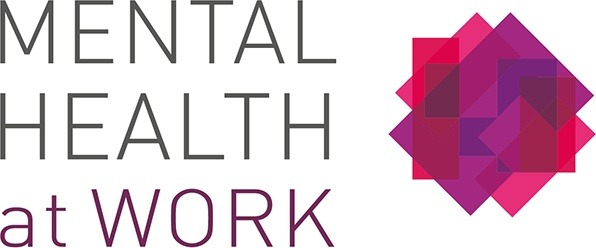John Meeson explores the relationship between working at home and anxiety, as the lockdown changes our working behaviours.
As lockdown bites, increasingly innovative means of working in general and communication in particular, are being devised. For those for whom change presents a worrying and unwelcome challenge, the speed of the process and the complexity of the new techniques to be mastered in short order serve only to increase our anxiety. Recognition of this and possible options for mitigation are the keys to progress.
Videoconferencing is often promoted as the solution to working from home. Once the darling of managers who either wished to economise or were overcome by the desire to boast their IT credentials, videoconferencing is now inflicted upon a workforce already struggling to cope. It is, of course, fraught with traps, pitfalls and opportunities to be humiliated by software which is as intuitive a Rubik’s Cube.
And while the lowly subordinate may take pleasure in the spectacle of their overbearing manager struggling to work out how to switch on their video feed, there will also be plenty of opportunities for the subordinate to provide topics of conversation for their next appraisal.
IT in this context is as much a tool as a telephone and must facilitate communication rather than act as a barrier to it. Software should require a minimum of IT skills, avoid obscure hidden or microscopic icons [this is not an escape room] and unnecessary “upgrades”, intended to freshen up the software but which actually create alarm and confusion at the next meeting when users discover that their familiar icons have disappeared.
In addition, of course, managers need to ensure that staff, particularly those with anxieties related to IT, are fully supported and trained in the chosen software. I like to apply the Star Trek test: Captain Kirk had no need of software skills because he could speak to his computer and his computer understood. This system was developed so that he could do his job [fighting Klingons] rather than being distracted by requests to update his password.
For some, the prospect of the video conference may be more daunting than a face to face meeting and cause movement along the continuum away from our mental health. If you are already anxious it can just be a concern around further opportunities for humiliation. We also know that many introverts actually find the medium of video conferencing intrusive and uncomfortable.
The abrupt end to a webinar or video conference can leave even the most confident of us feeling unsettled, wondering whether to phone or email a colleague for feedback or debrief.
However, there are also positives in our current situation to perhaps offset some of this concern. In working from home, there is no anxious commute, endlessly reading over notes which swim before your eyes. Nor is there a requirement to make not quite social small talk before the meeting or during coffee breaks. You don’t even have to dress for the occasion; when asked by my daughter why I was wearing a collar, tie and jeans, I explained that only my top half was going to a meeting.
Nevertheless, we should not overlook these new methods of working, forced upon a workforce in a time of difficulty and the impact that they may have on our mental health. These effects can be mitigated by careful selection of software, training and organisation of meetings as well as a skilled line who takes the time to ask how an employee is getting on, and listen to the answer.
As Mr Spock would say, we can then live long and prosper. But if you want to try it, please get the gesture right.

